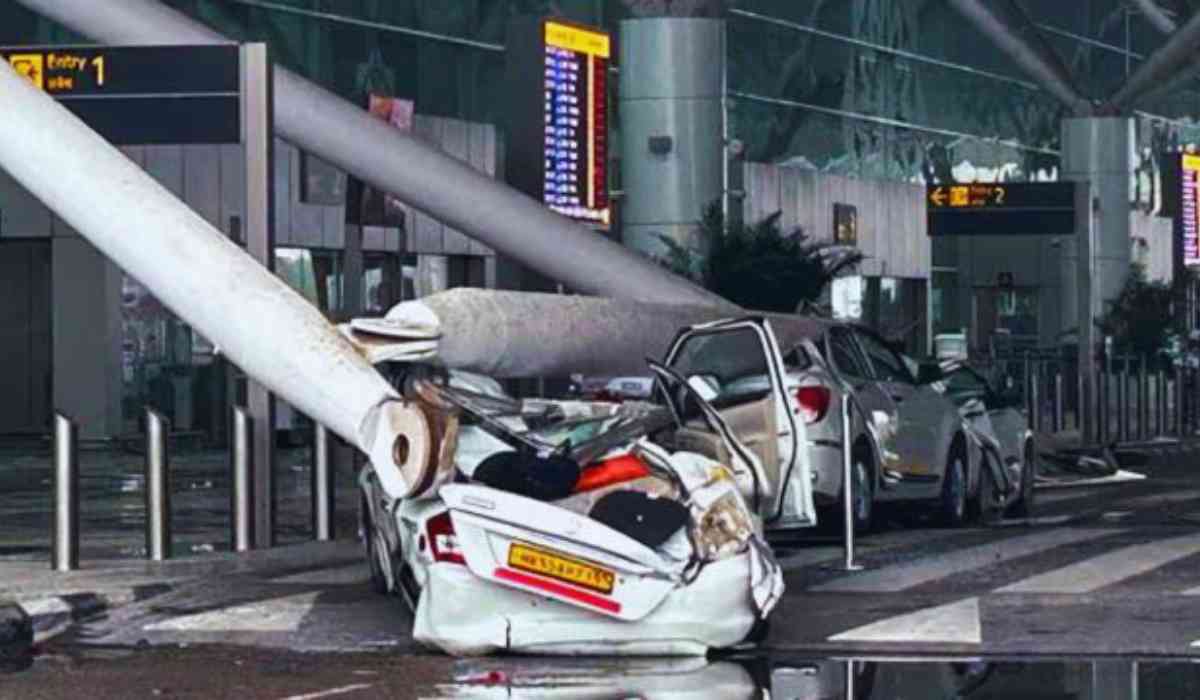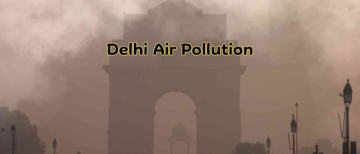The most recent infrastructure catastrophe in India, the fatal roof collapse at Delhi Airport’s Terminal 1, has prompted several safety concerns regarding the state of public infrastructure in India. However, this incident is not the only one that highlights the precarious state of India's public infrastructure and raises critical questions about the safety and integrity of such structures.
- Several hundred kilometres to the east, the state of Bihar witnessed the collapse of four bridges recently and a structure at an airport in central India's Jabalpur also caved in. Since the monsoon season has begun, water-logging has become widespread in many cities.
_1719756197.avif)
- Major failures like the leaking of the enormous roof of Ayodhya’s Ram Mandir, and flooding that submerged newly constructed roadways in the city, have also garnered significant attention.
_1719756564.png)
- The recently built Mumbai Trans Harbour Link (MTHL), also known as the Atal Bihari Vajpayee Sewri-Nhava Sheva Atal Setu, came under intense attention after cracks started appearing on its tar road exit toward Ulwe in Navi Mumbai.
_1719756723.png)
Last year, a Himalayan tunnel under construction collapsed, trapping 41 workers for 17 days and casting doubt on the quality of the structure. A $1.5 billion highway project includes the tunnel.
Infrastructural aspirations contrast with implementation
In the coming years, India aspires to emerge from the shadow of the developing world and become a five trillion-dollar economy. But these infrastructure failures cast a sharp light on the administration’s attempt to accelerate development in the largest economy in the world with the greatest rate of growth. Bloomberg Economics estimates that during the next two years, new infrastructure worth 44.4 trillion rupees ($532 billion) will become operational. All of the projects completed in the previous eleven years are summed up by that amount. The administration claims to have constructed over 80 new airports, modernized railways, and extended thousands of kilometres of highways in the past ten years. Nevertheless, these mishaps at the very least point to inadequate maintenance, providing the government's critics with more material on which to criticize their record.
Measures for Re-evaluation
Authorities and infrastructure developers are losing credibility because people are beginning to think that they prioritise their interests before the welfare of the public. For the people liable for these atrocities to be found, a comprehensive investigation is necessary. Amid these situations, it is also expected that the Union Budget 2024 will give top priority to infrastructure projects that are safe and of high quality. Increased financing for preserving and modernizing the current infrastructure, as well as incentives for cutting-edge building technologies, are possible steps that are anticipated.
To restore confidence among the public and guarantee effective resource use, a major emphasis should be on combating corruption and improving transparency in project implementation.
Inputs: Agencies
Image Source: Multiple agencies
© Copyright 2024. All Rights Reserved Powered by Vygr Media.





















